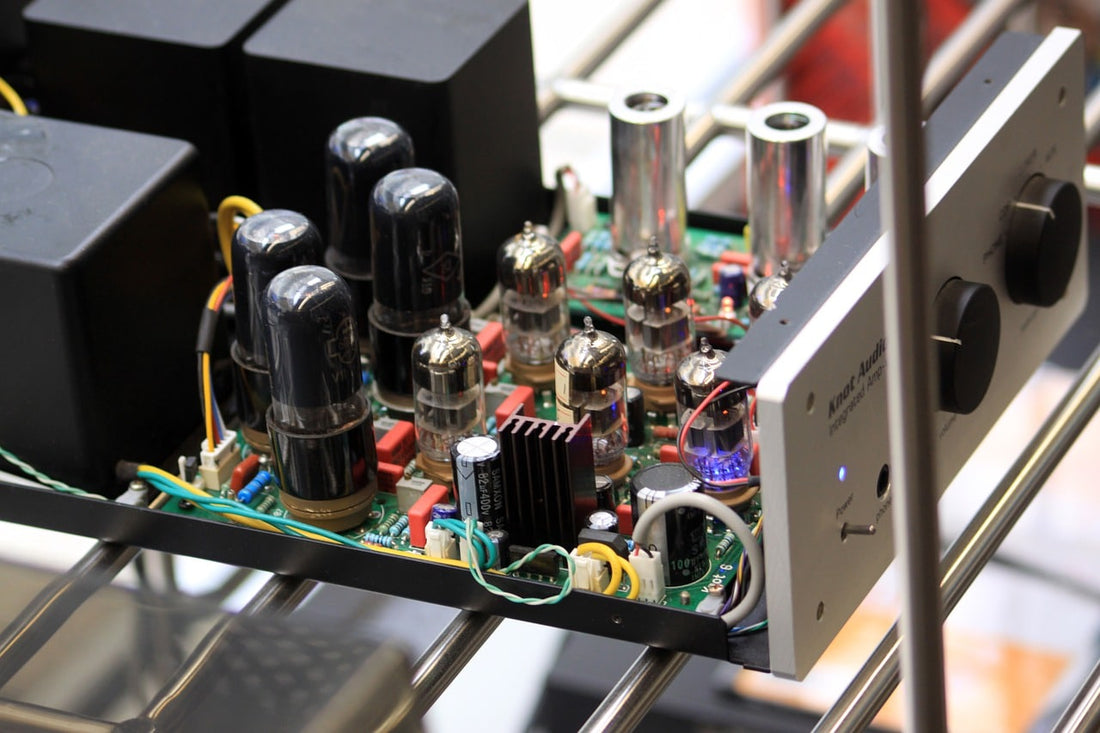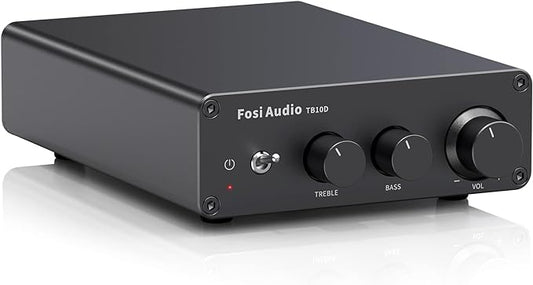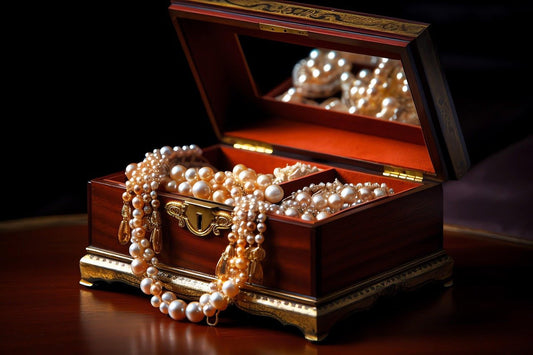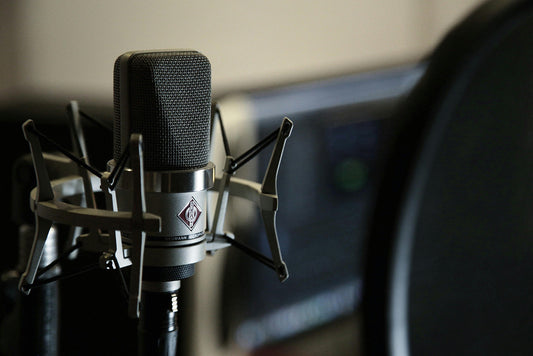As I look out my office window I see tufts of melted snow, bare trees, a busy highway of squirrel traffic gathering whatever it is they store for the winter, and our cute, red, neighborhood fox keeping those same squirrels from overrunning the place.
It is fall and soon to be winter.
That's the perfect time for me to run through Music Room Two and Three and change out all the tubes in the BHK amps and preamps. I use the cold of fall as a reminder to swap out the year-old vacuum tubes for new fresh ones.
Over time, vacuum tubes tend to lose some of their life, vim, and vigor. It's a slow loss, one you don't notice until a year has passed.
The fun of upgrading the tubes comes with the first listen. Wow! Time to go through all that new music you accumulated over the summer and relisten with the new fire bottles in place.
If you have tubes in your equipment, it might be worth thinking about changing them out for a fresh pair.
Fall is Tube Time!









